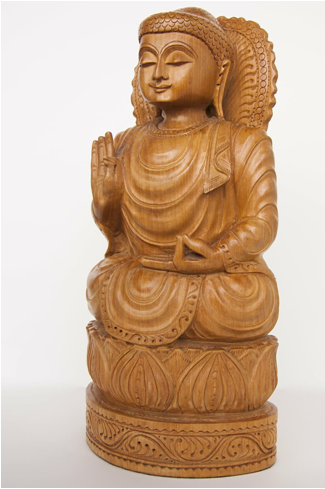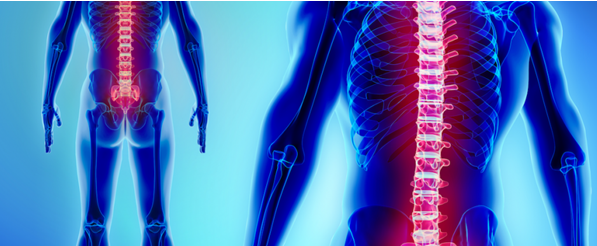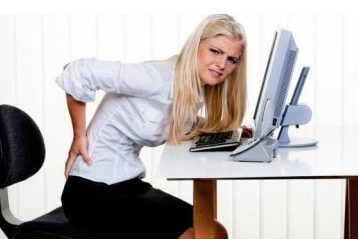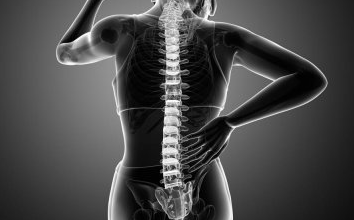The wise in Ayurveda
Deeply embedded in the science of Ayurveda, the sages influence our whole being –bodily but also spiritual.
These are gestures and movements that we perform for a specific spiritual or healing purpose. They are five types depending on the part of the body with which we perform them:
- with hands and fingers (hasta)
- with the heart (gang)
- with the perineum or the bottom chakra (adhara)
- with his head (mana)
- with the whole body (kaya)

Each of these gestures has its symbolic, but also practical meaning. Each mudra influences us in its own way and is responsible for the harmonization of a specific part, chakra (point) or channel (nadi) of the body. Therefore, the science of them is an indispensable part of healing yoga, which Ayurveda applies to overcoming a number of diseases.
In Ayurveda and yoga the mudras are applied in parallel with the meditation and physical asanas we perform. Thus, they enhance the therapeutic effect on us, and in some cases are indispensable for progress in practice.
The mudras that Ayurveda applies are over 100, and the hasta mudras that we perform with our hands and fingers are about 30 in number. One of the most popular mudras is merudanda mudra.
Its name originates from the Sanskrit name of the spine, which includes the proper name "Meru" and the word "danda". Literally, the two together mean "the scepter of the sacred Mount Meru",which is considered by many Eastern schools to be the center of all universes. Merudanda mudra is the one that helps us to realize and heal our spine, that is why it is called the "spine" mudra.
How does merudanda mudra work?
This mudra helps to open all the hopes in us and especially our “hopes.” Nadi – these are the channels in our energy body through which our life energy flows.
Sushumna nadi,this is the so-called “sacred channel.” It runs through the center of our spine from the bottom of the pelvis and up to the crown in the parietal area. Breathing with merudanda mudra is especially beneficial for sushumna nadi.
Chakras– these are the points of our energy. It springs there and is most focused and concentrated. Merudanda mudra is applied in order toachieve balance in our third chakra, also called manipura, which is located in the area of our solar plexus. It is no coincidence that the same hand gesture is common in the Western world as a sign that everything is "okay", everything is "super". By strengthening our inner sun, this mudra gives us more determination and optimism.
Merudanda mudra acts strengthening, energizing and refreshing for both the body and the spirit. Although our thumb points upwards in it, it favors the downward movement towards the ground. Thanks to this, it helps to naturally regulate the balance and helps us to ground ourselves after the long winter.
Also merudanda mudra isa way to harmonize and channel our breath, thus maximizing the benefits of hatha yoga practices, or simple meditation in a lotus position or sitting position.
Therefore, it has become an integral part of the breathing exercises (pranayama). If you have done pranayama without the participation of mudras and specifically this particular mudra, you have certainly noticed that the impact of the exercises is significantly enhanced by them.
What can we use this mudra for?
In the first place, in the physical aspect, merudanda mudra can help us to fight the pain in the spine and lower back. For this purpose, depending on our condition, we can use its varieties adho merudanda and urdva merudanda mudra. These are modifications of the classic mudra, in which both thumbs point upwards.
In the adho merudanda variation, we clench four fingers into a fist, allowing the thumb to be stretched upwards. Then we place our hands on the middle of the thighs and turn the two thumbs towards each other. Using this mudra, we can tryslow rhythmic breathing in rhythm, such as for 4 seconds of inhalation, followed by 2 seconds of holding, 5 seconds of exhalation and another 2 seconds of exhalation before the next breath.
The exercise helps for the circulation of the breath (prana) in the hips and the lower part of the spine. With the same rhythm we can try to perform urdva merudanda mudra. With it, we again place our hands on the middle part of the respective thigh and try to keep our thumbs as straight as possible.
The difference is that, unlike adho merudanda-, in Urdu merudanda mudra the thumbs point in both opposite directions, and the other four fingers are not tightly clenched into a fist, but more gently bent. Breathing in this mudra, we heal the upper back, helping the prana to move and overcome the blockages in it.
But this is not the end of the properties of this mudra. It has a cleansing effect on the liver and a cure for the spleen. Due to its detoxifying properties, merudanda mudra is very often present in Ayurveda weight loss programs, due to its extremely strong effect on fat in the hips, and also on bloated abdomen syndrome.
Spiritually, this mudra and its variants help us to unlock our flow of kundalini energy, and psychologically they can help us develop our patience.
Practicing them makes our breath more conscious, which is why they are suitable for complete beginners. At the same time, it is one of the most soothing mudras. It is no coincidence that we can see that the vast majority of babies who unknowingly suck a finger do so in merudanda mudra.
How long can we expect the desired effect?
Like many things in yoga and Ayurveda, the wise take a lot of time, experience and practice to see from them their true impact on us in its most powerful potential. Especially when it comes to chronic conditions, it is typically recommended that you do regular sessions within 28 to 30 days.
You can start in the new moon and continue throughout the moon cycle. After that, report the results obtained. However, if we need their short-term effect to relieve, for example, a sore spot in the body, or to harmonize our emotional and spiritual energy, a 20-30 minute wise practice will help relieve the aggravated symptoms. If mudras and meditation in general are still a new activity, even 10-15 minutes may be enough.
What to keep in mind
In order to practice pranayama in combination with merudanda mudra, we will have to stay seated for some time while our practice lasts. As we relax more and more in the meditative state, it will become harder and harder to keep our spine perfectly straight as needed.
If all this is too new for us, we can help ourselves by standing with our backs against the wall. We make sure that each of our vertebrae is perfectly attached to its surface. In this way we can be sure that we are standing exactly vertically.
If you can't perform the meditative lotus posture, don't worry – replace it with an easy posture (sukhasana), or just cross your legs. If even this is a problem for your pelvis, you can safely sit in a comfortable chair with a firm back and lean all your vertebrae tightly against it. You are now ready to perform your pranayama practice with merudanda mudra.
You should not worry about any difficulties, because with time and practice some things will become easier for you, and thanks to this mudra and regular exercises even your spine will be straighter, and your hips will be less locked. . Maybe soon you will be sitting on the floor in padmasana (lotus position) like a real yoga master!






0 коментара